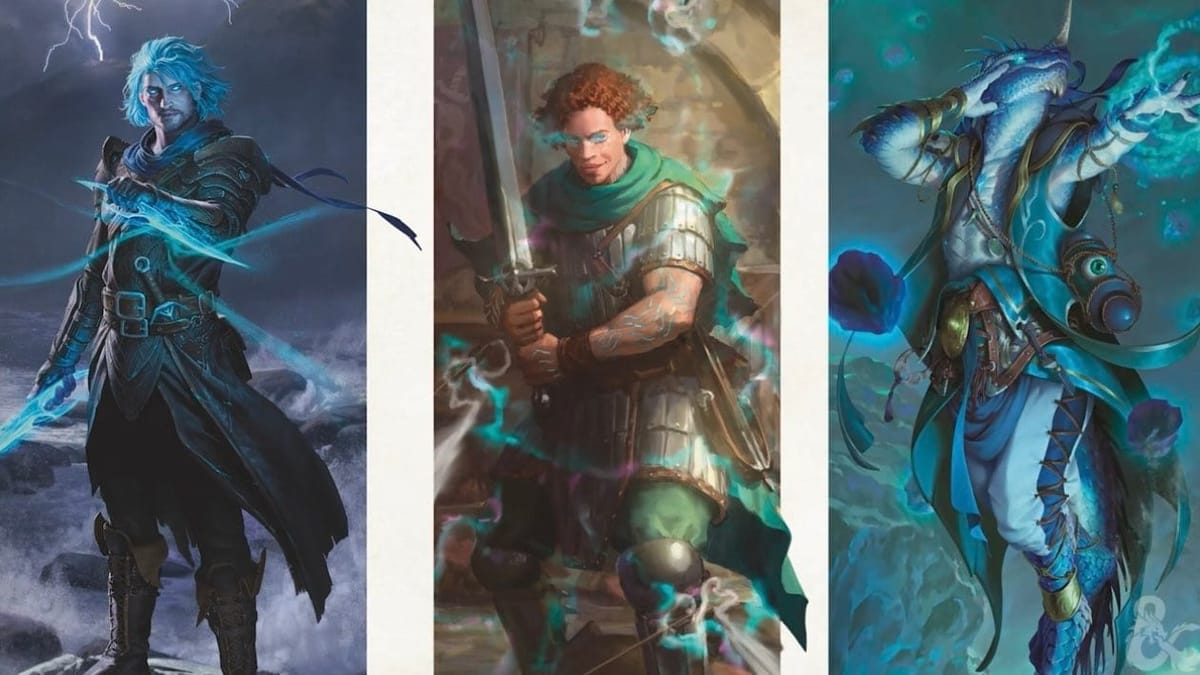Dungeons & Dragons’ new art direction isn’t AI generated but almost worse—boring
Characters, without character.

A slew of fresh illustrations from the Dungeons & Dragons’ 2024 core rulebooks recently proliferated across social media, offering players a peek into the upcoming editions while also providing some easy marketing for Wizards of the Coast. As is increasingly common in a reality shared by AI-powered tools and LLMs, folks began crying foul and pointing out what they claimed was foolproof evidence of the illustrators’ pulling the wool over our collective eyes.
Two pieces in particular fell under heavy scrutiny from the sleuths on Reddit and Twitter: Svetlin Velinov’s depiction of the redesigned Copper Dragon, and several pieces submitted by Wylie Beckert—including the alternate cover for the 2024 Player’s Handbook. In both instances, confident case-crackers posted screenshots festooned with red ink that pointed out missing fingers, weirdly combined limbs and tendrils, off-kilter perspective and other supposed tell-tale signs of machine fuckery—technically called “hallucinations”—from an algorithm fed on a healthy diet of other artists’ stolen work. Velinov’s piece was pilloried thanks in large part to a wonky cat creeping along the bottom portion of the composition.
Here’s the thing: the internet detectives’ were flat wrong. Worse, Velinov and Beckert both were forced to publicly defend themselves, replying in threads and under speculative posts that they did, in fact, use their human appendages to create artwork for a silly game about fantasy heroes and dice. Beckert shot back with well-deserved venom, saying “Hey Twitter sleuths... my boobs are real too” with a photo displaying her defiant middle finger in front of a physical print. Later, she posted a page from her sketchbook with the caption, “Some days I draw ALL the fingers.”
Fan-based speculation isn’t totally without merit. Wizards of the Coast has fended off several AI-generated art allegations over the past few years with claims connected to both D&D and Magic: The Gathering. Very few of them have been true, and none were directly connected to WotC staff—contracted third parties take most of the blame—but it only needs to happen once before the public loses trust. That’s the pernicious thing about AI art—its mere existence is a dark weed planted in the garden of creativity, blinding less critical eyes until everything looks like scammy, DALL-E effluent. Beckert’s accuser eventually apologized, deleting the original post and highlighting their misconception. A thin silver lining, especially when the larger sin laid across D&D’s upcoming books isn’t that the art was created by robots, but that it’s just plain boring.





